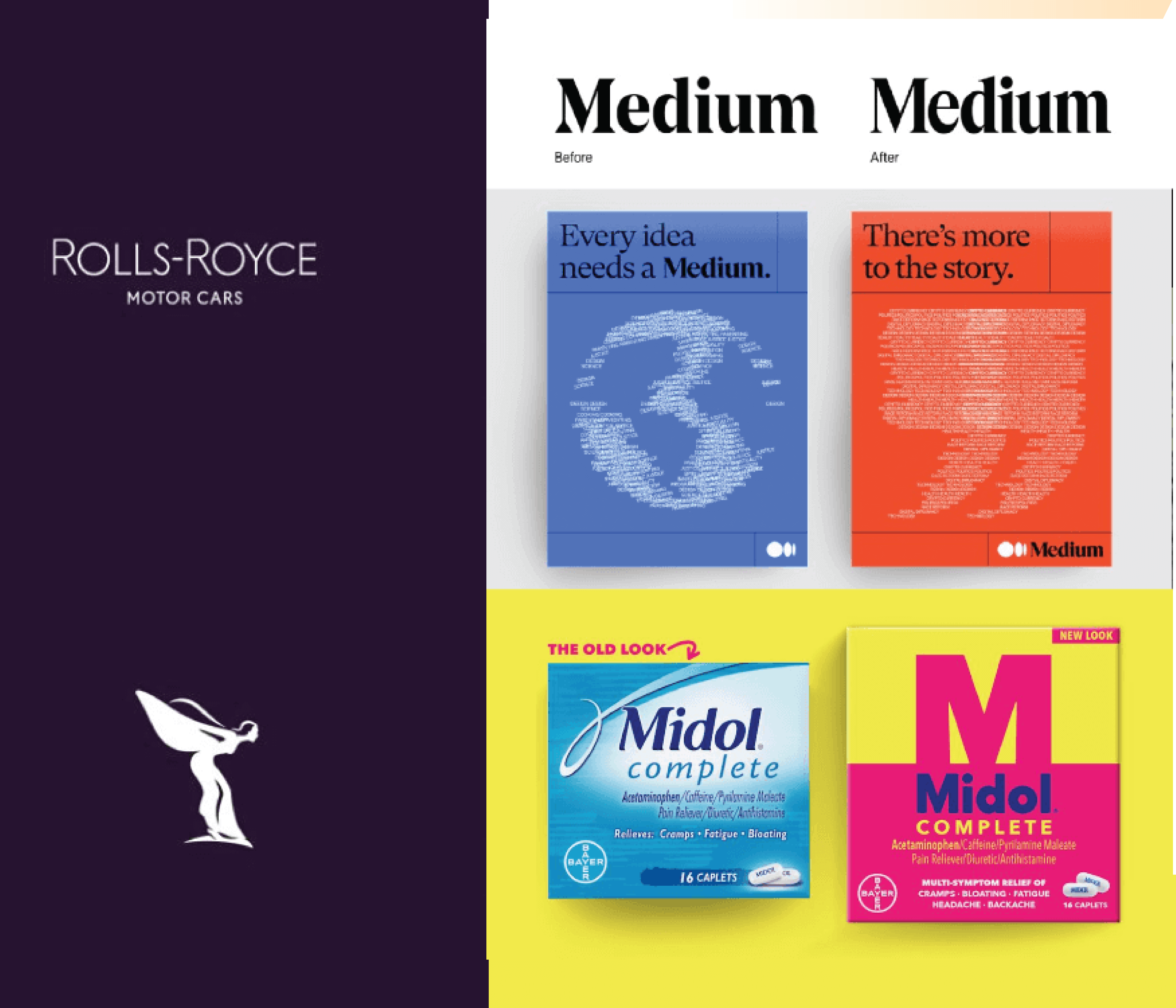It’s not easy to build an exciting B2B brand, but it’s the key to winning in a competitive landscape. Still, even the most innovative companies sabotage themselves by being bland, generic, and forgettable. Not Slack, though. The company is the template for bringing fun, playfulness, and personality into the B2B space—and standing out because of it.
We recently welcomed Bill Macaitis (former CMO of Slack and current SVP of Marketing at Salesforce) to our Best Story Wins podcast to chat about how Slack became one of the most beloved B2B brands. The secret to their success? Focusing on micro-experiences.
The conversation was a refreshing reminder that your brand is being built every day in small and big ways, and it’s your job to lay the right foundation to build upon. If you want to emulate Slack’s strategy, here are the key things Bill learned from one of the most distinctive brands in SaaS.
1. Put culture and values first.
Many companies approach brand building backwards. They start with visual identity, then try to figure out their personality. Slack did the opposite.
Bill says the company hosted an offsite early on to determine their core values, ultimately identifying 5-6 key values that become more than feel-good corporate speak. They fundamentally changed how Slack hired and operated.
For example, empathy was a key value, so during interviews, they’d notice if candidates opened doors for others or asked how people were doing. Hiring people who brought their values to life made it easier to build a brand experience that was consistent both internally and externally.
Tip: If you’ve never documented your purpose, vision, mission, or values, use our workbook to get them on paper. Doing this work is crucial to attract the right employees, but the key is being honest and authentic about who you are. The goal is to tap into what makes your company unique. (We helped Dropbox do this work and increased their brand perception 19%.)
2. Infuse personality into every micro-moment.
Here’s where most B2B companies fail: they think brand lives only in marketing materials. But customers don’t experience your brand from your brand guidelines alone. They experience it in everything from your customer service interactions to your error messages.
Slack understood this innately, and they used every small opportunity to showcase their brand. While other companies showed spinning wheels during loading, Slack displayed fun, inspirational “messages of the day.” When apps needed updates, instead of boring release notes, Bill says the marketing team would make them fun and witty.
They also knew that little things like word choice have a big effect on how people experience the brand. For that reason, they never used acronyms or tried to talk down to people.
Tip: Audit the key touchpoints where people interact with your company, and look for ways to make those more engaging. Small things like loading screens, email signatures, CTAs, and support responses are great opportunities to show off who you are. The more you make them distinctly yours, the more memorable they’ll be. (Start with our tips to inject more personality and emotion into your copy.)
3. Test and measure brand experiences.
According to Bill, Slack was obsessive about testing their brand experiences. This wasn’t just “trust your gut” creative work. It was strategic, focused testing at every level.
For campaigns, they used control groups and split tests to test different copy variations, creative, channels (including offline), and they would do it in local markets like Austin, Denver, and Seattle.
But they didn’t just test marketing campaigns. It was product, too, testing things like the onboarding flow and messaging to get reactions. Bill notes that often something a “little different or a little daring would work better.” But they could only surface those insights through testing.
4. Extend brand beyond marketing’s domain.
Most companies treat brand as marketing’s job. At Slack, brand was everyone’s job.
Bill says they codified their tone of voice and trained everyone—support, sales, marketing—to use it consistently, making every touchpoint feel distinctly like Slack, not like every other B2B company.
They also used team-based metrics to track progress vs. departmental goals. Because these goals are often the result of multiple teams’ efforts (and not just marketing alone), that shift helped create more collective accountability.
The result was a cohesive brand experience, no matter who customers talked to or what part of the product they used.
Tip: Create brand guidelines that go beyond visual identity. Include tone of voice, values, and specific examples. Then train every team that touches customers—not just marketing.
Remember: Your Brand Is Every Experience You Create
Building an authentic B2B brand isn’t about having the perfect logo or the cleverest tagline. It’s about being intentional with every single moment someone interacts with your company.
As Bill puts it, brand building comes down to this: “Can you put yourselves in your customer’s shoes?” If you can answer that with empathy, authenticity, and a little personality, you’re already ahead of 90% of your B2B competitors.
Want to hear more about how Slack built their beloved brand? Check out our full conversation with Bill on the Best Story Wins podcast, where he dives deeper into the specific strategies that made Slack stand out in a crowded market.




